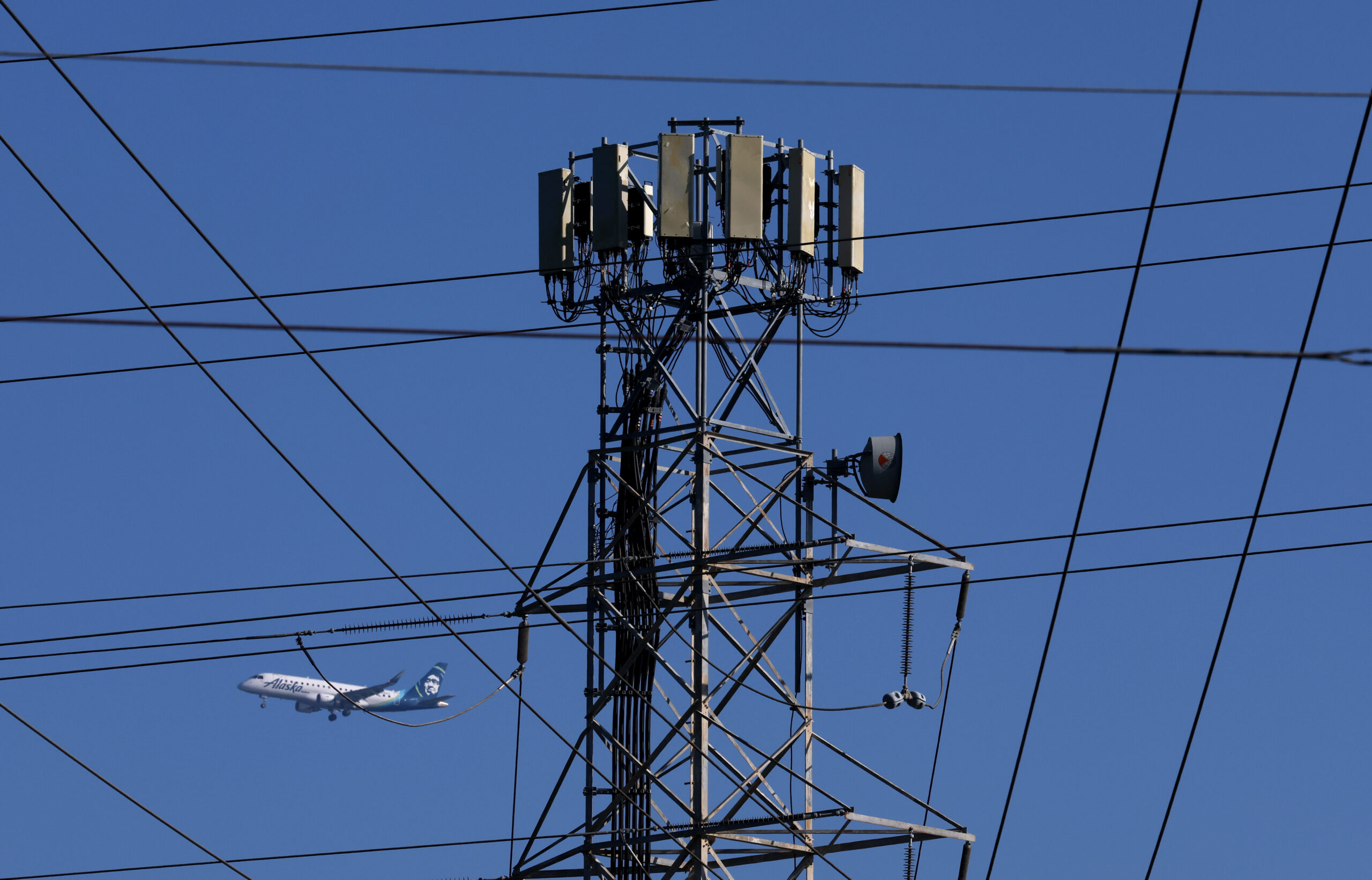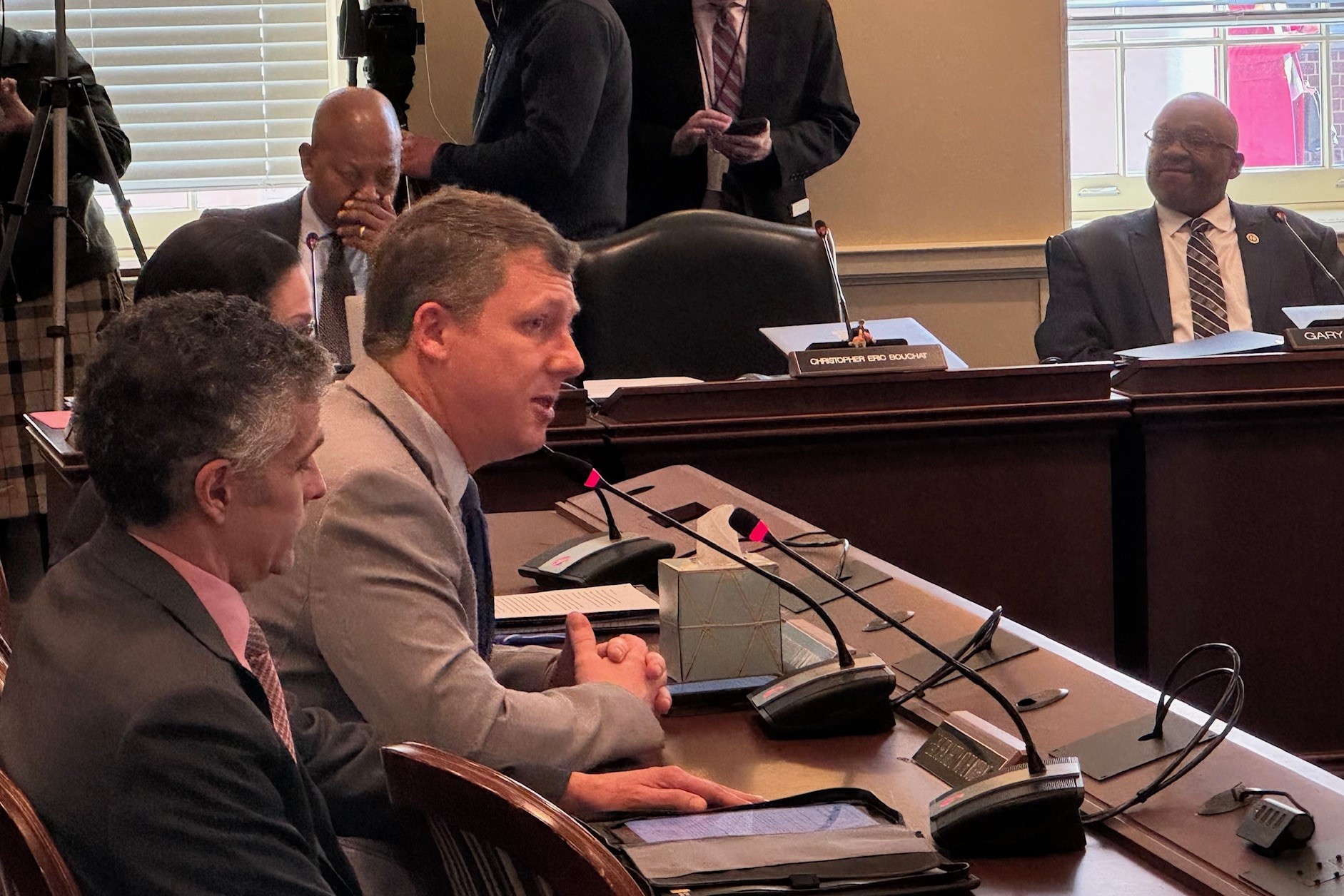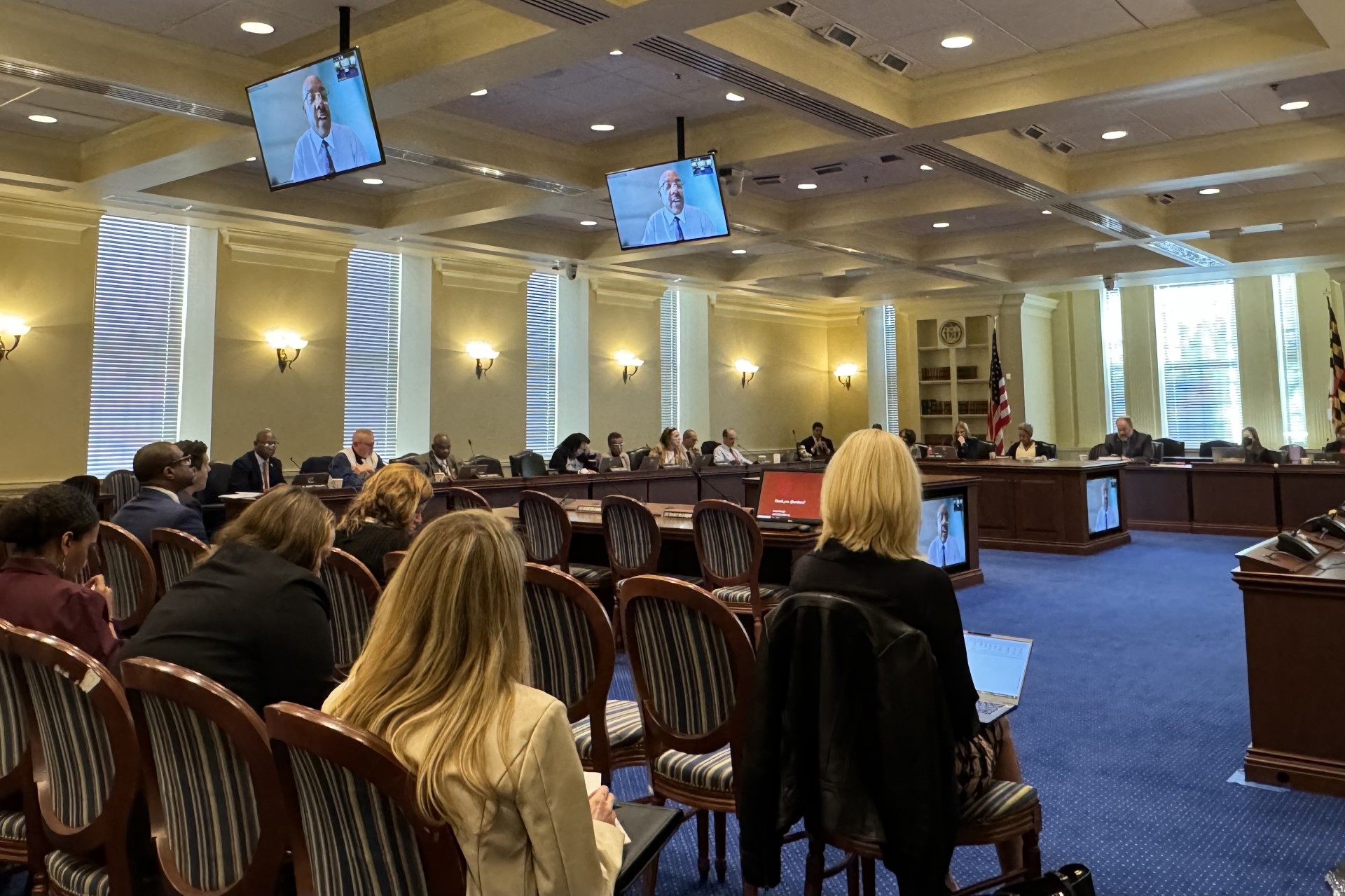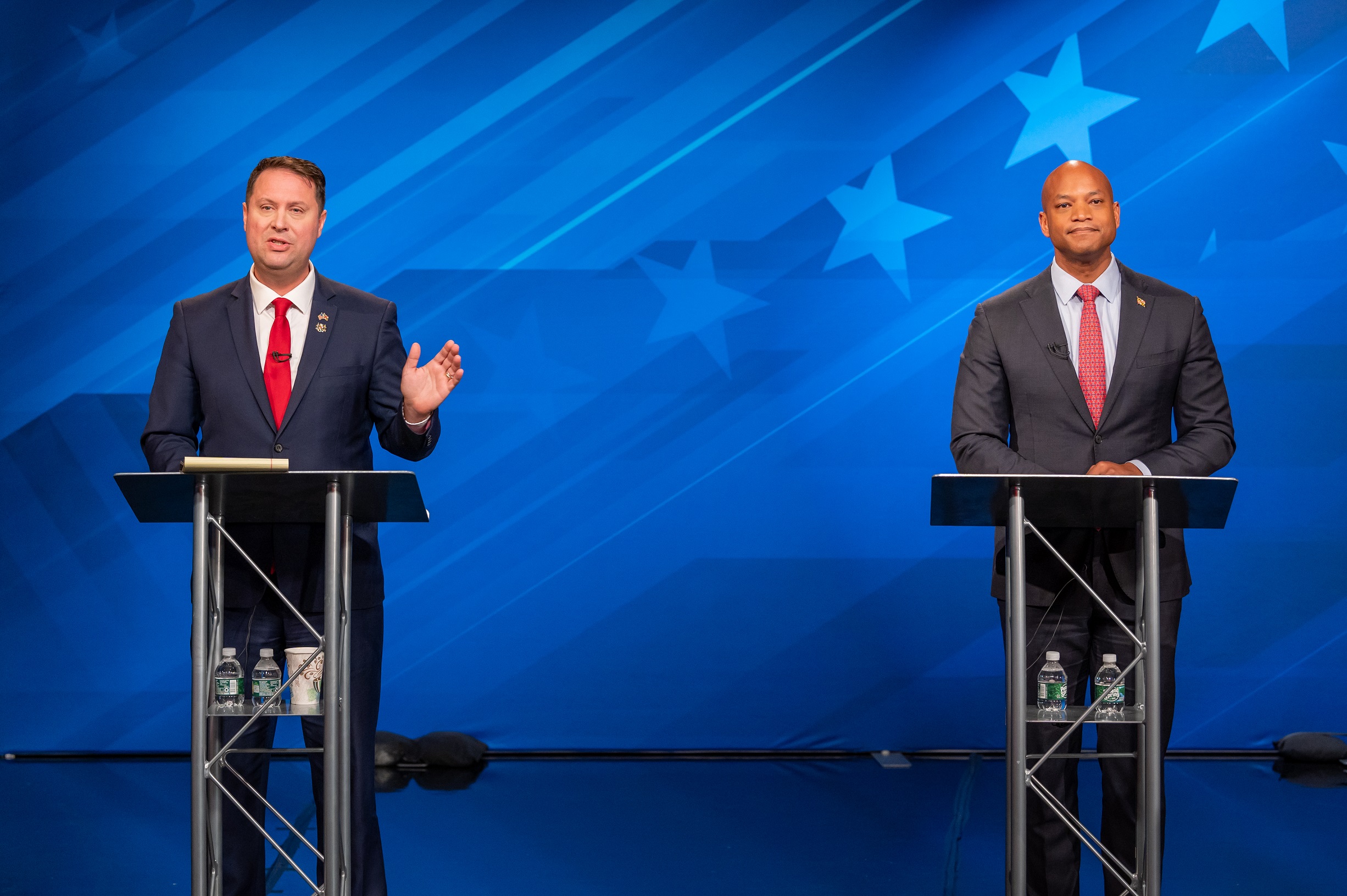Opinion: First responders can harness the power of lifesaving technologies

By Clyde Boatwright
The writer is State Lodge president of the Maryland Fraternal Order of Police.
Marylanders across the state are motivated to make our communities as safe as possible. While crime mitigation strategies sometimes dominate the headlines, there are less obvious ways to improve public safety: modernize our network infrastructure to help foster safer communities and enable quicker response times for first responders.
Mobile data usage is 100 times higher today than it was 10 years ago. There are more ways than ever for people to stay connected. From students relying on the internet at home for learning, to millions of people working remotely, to ride sharing, the need for reliable, consistent, high-speed internet is at an all-time high in rural, urban, and suburban communities alike.
Among those who most need fast, reliable high-speed internet are first responders and public safety professionals who keep our communities safe and secure. The facts bear this out: 80% of 911 calls originate from smartphones.
The need for reliable connectivity goes beyond a 911 call. It’s estimated 10,000 lives could be saved each year if emergency response times are reduced by one minute. 5G, the next generation of wireless connectivity, promises speeds up to 100 times faster than the 4G standard, and will have the ability to connect up to 100 times more devices. Greater speed and capacity will put lifesaving technologies at first responders’ fingertips.
5G means improved access to technologies that allow first responders to share data, such as their exact location. Being aware of team members’ locations is essential for effective rescues and to warn a colleague who is in danger. 5G will also improve communication for EMS to connect with hospital staff in route, sharing important diagnostics for faster interventions and improved medical outcomes.
5G networks are powered by small cells, towers and fiber that all work together to move data at the speed of light. Ensuring Maryland has the right infrastructure in place requires policies that encourage the rollout of 5G, such as small cell legislation in line with the FCC guidelines, and enabling innovative construction techniques like microtrenching, which is an expedited construction method for laying fiber that takes a fraction of the time to build compared to traditional methods.
As a member of the MD5G Partnership, which represents more than 35 organizations statewide that are dedicated to building connected communities through enhanced wireless networks, Maryland Fraternal Order of Police has been a supporter of policies such as these. With the right polices in place we can realize the benefits of 5G and help foster safer communities.




 Creative Commons Attribution
Creative Commons Attribution